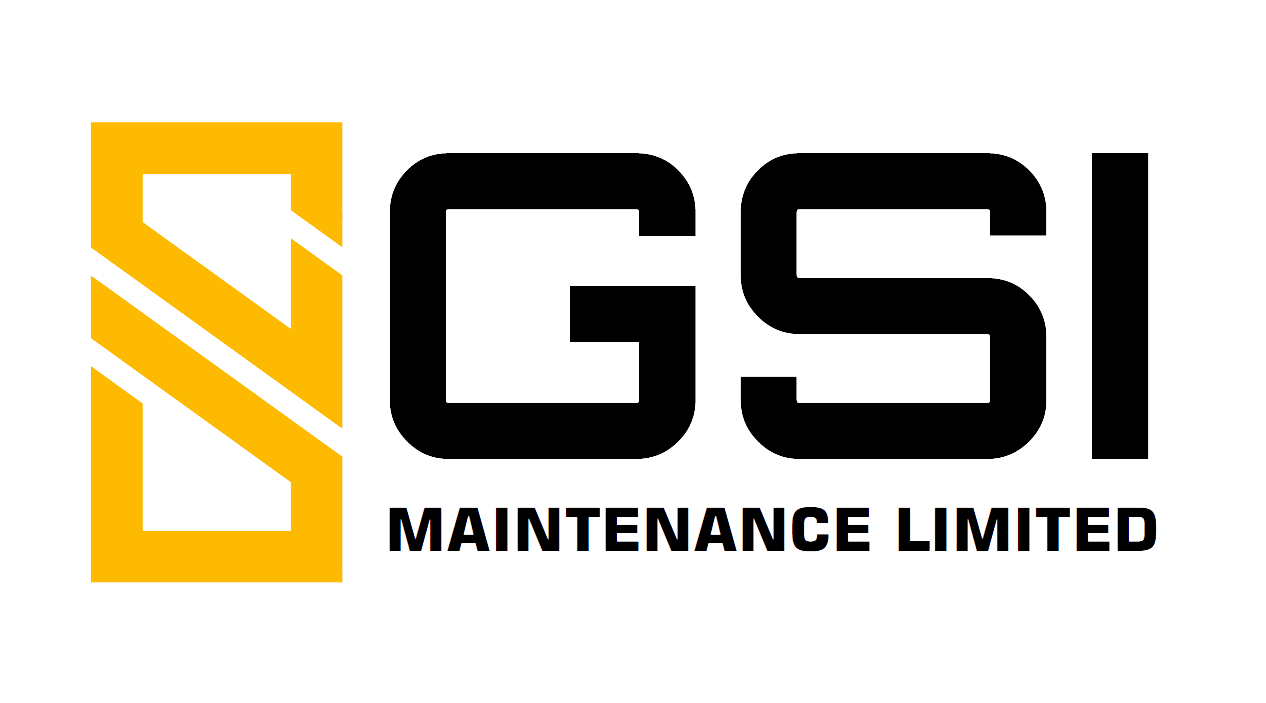Understanding Different Recladding Techniques
Recladding is a crucial aspect of building maintenance that can dramatically enhance the aesthetic appeal, energy efficiency and safety of structures. At GSI Maintenance Limited, we believe that understanding the various recladding techniques is essential for making informed decisions. In this article, we’ll explore some of the most common methods used in the industry today, including panel systems, rainscreen systems and more.
1. Panel Systems Panel systems are among the most popular recladding techniques. These systems use large panels made from materials such as metal, wood, or composite materials, which are fixed directly to the building’s frame.
Benefits:
· Aesthetic Flexibility: Available in a variety of finishes and colours, panel systems allow for creative designs.
· Speed of Installation: Larger panels can be installed quickly, reducing overall project time.
Fun Fact: The use of metal panels can reduce a building’s energy consumption by up to 30% when installed with proper insulation, making it a smart choice for energy-conscious projects.
2. Rainscreen Systems
Rainscreen systems consist of an outer layer that protects the building from weather elements, while allowing moisture to escape. This design helps to prevent water damage and ensures the longevity of the underlying structure.
Benefits:
· Moisture Management: The space between the rainscreen and the insulation allows for ventilation, reducing the risk of mould and rot.
· Energy Efficiency: With proper insulation, rainscreen systems can significantly improve a building’s thermal performance.
Story: A recent project at a residential block in Birmingham utilised a rainscreen system that combined both aesthetics and function. The design featured a striking timber rainscreen that not only enhanced curb appeal but also provided excellent moisture management. Residents reported improved indoor comfort levels and lower energy bills following the upgrade.
3. Curtain Wall Systems
Curtain wall systems are non-structural cladding systems that hang from the building’s structure. Typically made from glass and metal, these systems provide a modern look and allow for large expanses of natural light.
Benefits:
· Lightweight Construction: Curtain walls do not add significant weight to the building’s framework, allowing for flexible architectural designs.
· Aesthetic Appeal: The sleek, modern appearance is highly desirable in urban developments.
Stats to Consider: According to the National Institute of Building Sciences, curtain wall systems can increase a building’s energy efficiency by up to 40% when combined with high-performance glazing.
4. Dry and Wet Systems
Recladding can also be categorised into dry and wet systems.
· Dry Systems: Utilise mechanical fixings to attach cladding materials, allowing for easier replacement and repair. These are typically faster to install.
· Wet Systems: Involve the use of adhesives to attach cladding materials, creating a more seamless finish. However, they may require longer curing times and can be less forgiving during installation.
Choosing the right recladding technique is essential for achieving the desired results while addressing specific building needs. From the aesthetic flexibility of panel systems to the moisture management capabilities of rainscreen systems, each method has its unique benefits. At GSI Maintenance Limited, we are committed to providing tailored recladding solutions that enhance both the functionality and appearance of your buildings. By staying informed about the latest techniques and innovations, we can ensure that your project is completed to the highest standards, delivering long-lasting results.
